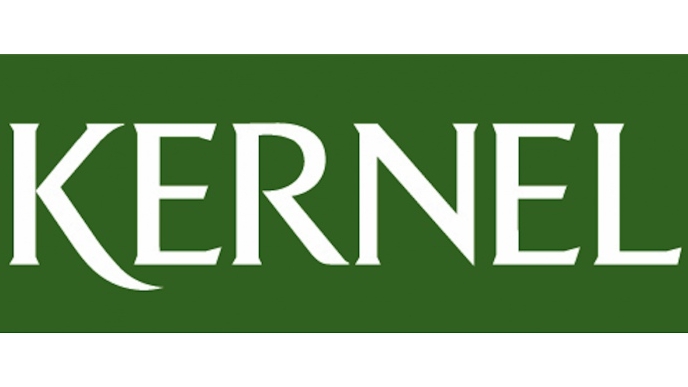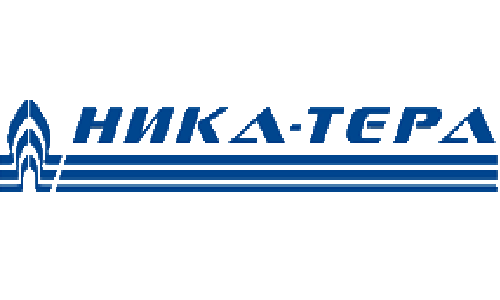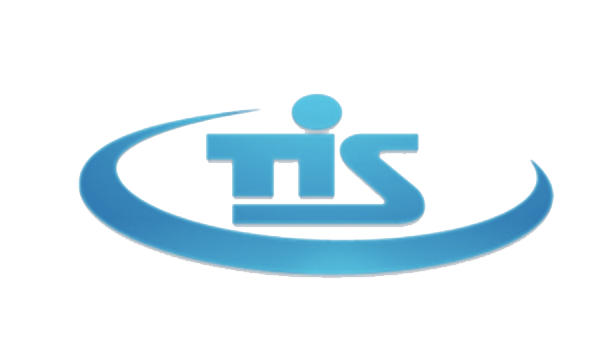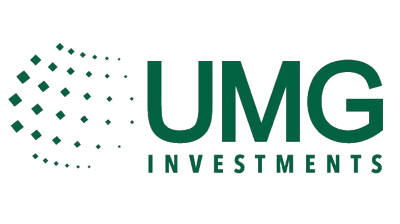Art:GrainTerminal
The system is intended for complex automation of management and operational quantitative and qualitative accounting at grain sea and river terminals. In addition, the system can be used in the module «Art:Oil terminal» for accounting bulk oil cargoes.
A characteristic feature of the product is its flexible adjustment for:
- Managing user access profiles and control of their activities:
- Delineation of viewing areas and data changes;
- Changes in the amount of the entered information, depending on the user’s authority;
- The mechanism of closing periods and documents;
- Object versioning and history-changing.
- Empowerment of workplaces by functions of related subsystems (“Art:Weighing station”, “Art:Railway Station”);
- Order changing of the business process stages without change of the program.
Package of regulated reporting and print forms according to instruction 661.
Connection with additional equipment and software systems:
-
- Weight complexes: weight processor and duplicate boards;
- Barcoding and scanners, RFID, QR;
- Cameras of video monitoring and number recognition systems;
- Laboratory analyzers;
- SMS mailing and instant messengers, chatbots;
- Saving scanned copies of incoming documents and attached files;
- Possibility to download information by wagons from the AS «Client UZ» through the «Server of the approval module»
Subsystem «Business Process Management»:
- Possibility to minimize the training requirements for the staff of the enterprise in the use of the software complex, relieve staff from routine work in data entry, restrict users’ access to classified information;
- Possibility to automate equipment events (control of scales, boards, traffic lights);
- Devices for fixing the location of transport or employees (barcode or tag readers) are used during the processes;
- Connection to the number recognition system control;
- Notification of the staff by e-mail and/or by SMS sending;
- Registration of various administrative decision-making by the responsible persons (admission to vehicle unloading from the “black” list, etc.);
- Possibility to get a stage at any time period for each process;
- The business process scheme allows flexible customization for the needs of a particular enterprise, without changing the database configuration.
Working places of the system:
AWP Checkpoint:
- Registration of vehicles’ entry for purposes of arrival and vehicle accumulation in parking lots;
- The issuance of a bar / QR code (RFID tag) for the “depersonalization” of transport and subsequent identification of the document;
- The «blacklist» of vehicles, drivers, or counterparties, verification of «suspicious actions» and notification of them to responsible persons;
- Time control of the business processes’ stages.
AWP the Laboratory Assistant:
- Control of basic indicators (by default and by agreement with the client);
- Grain placement (selection on the silo board and the placement plan for the shift), the issuance of a coupon for weighing and placement;
- Registration of humidity (form 51);
- Preliminary calculation of the test weight;
- Registration and printing of the act of return and partial return.
AWP Weigher:
- Connection with weighing equipment, photo fixation of weighing operations;
- Selection of a document with a barcode using a scanner, eliminating the human factor with the use of RFID tags and number recognition systems;
- Controlling and adjusting the order of the sequence of weighing operations, monitoring the execution of orders and instructions.
AWP Sampler:
- Registration of the fact, date, and results of sampling with the sending of the samples label to the laboratory;
- Photo/video recording of the sampling moment.
AWP Master of the Shift:
- Registration of the fact, date of unloading/loading, indicating the location;
- Photo/video record of the unloading/loading moment.
Silo board:
- Visualization of residues in the context of storage location and quality characteristics;
- Interactive formation of movements between silos.
Functional modules of the system and their capabilities:
Quantitative and qualitative accounting module:
Admission:
- Receiving act (vehicle and railway);
- Order for the supply receipt (control of incoming stocks by suppliers in terms of acceptable volumes);
- Waybill registers (the register formation, in the context of various groupings and quality);
- Warehouse receipt (printing on a regulated form and uploading in XML).
Internal and warehouse operations:
- Order and underworking act (drying, cleaning);
- Act-stripping;
- Re-issuance and movement of cargoes based on orders.
Interaction with a client:
- Agreement with the client (Setting individual parameters of the acceptance and grain storage for the client);
- Calculation of storage services;
- Act of completed works and exchange with accounting configurations.
Dispatching:
- Calculation act;
- Order for dispatching;
- Waybill for dispatching (vehicle, railway, waste collection);
- Dispatching via hopper scales;
- Mobile workstation «Tallyman of the Grain Terminal».
Vessel accounting module:
- Registration of the vessel call (vessel parameters, visualization of the vessel structure, the mechanism of attached files for shipping business);
- Delivery certificate (write-off of the shipped quantity from the accepted batch documents): selection of documents by FIFO, selections by owners, exporters, and forwarders, distribution and write-off of agreed losses;
- Executive stowage plan, hatch note;
- Bills of lading (various forms for freight forwarders), statement;
- Processing of lot formation for the laboratory and quality average.
Railway module:
- Railway bill (the ability to download from AS “Client UZ” through the “Server of the approval module”);
- The arrival of wagons at the station;
- Spotting/picking of wagons with the possibility of calculating the wagon time spent under freight operations.









